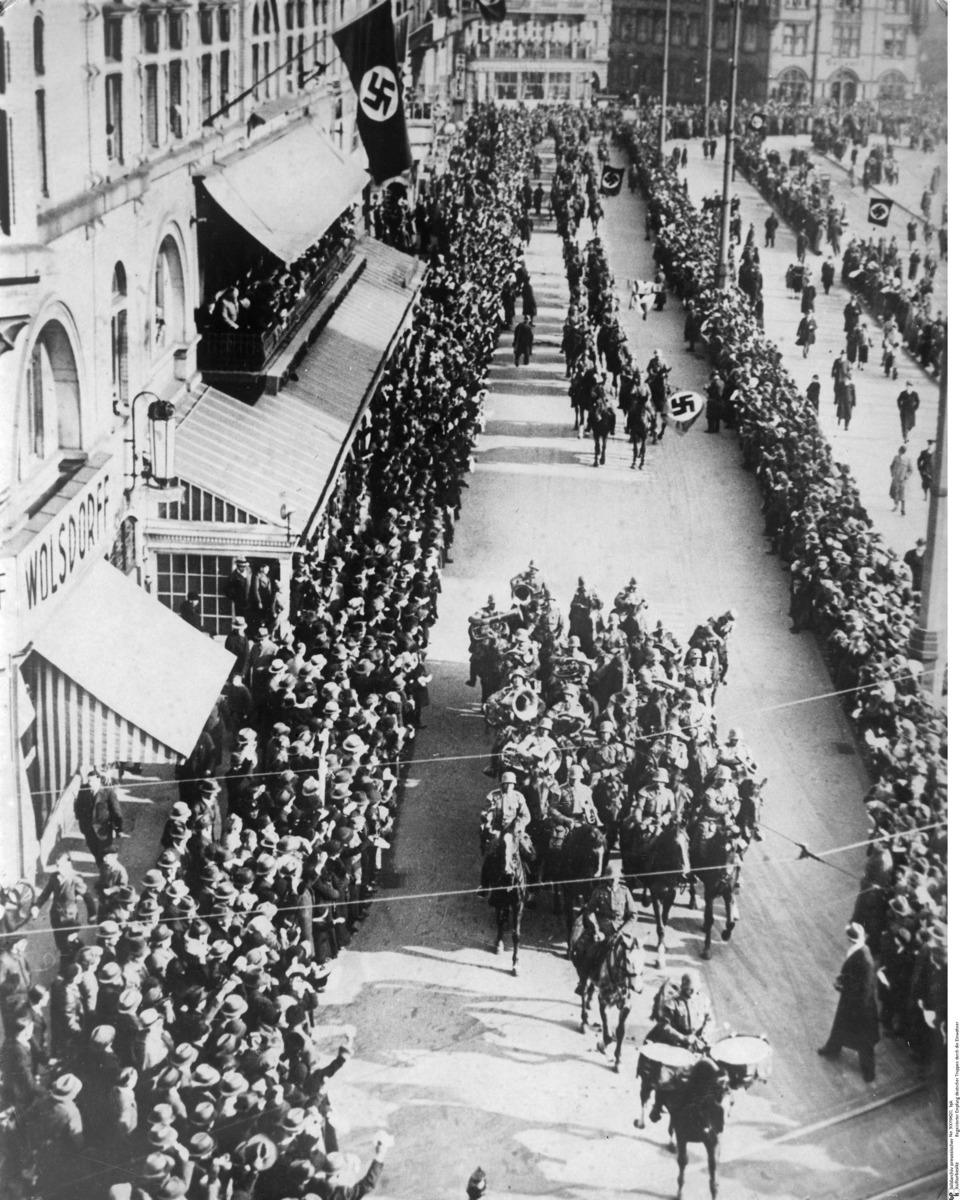Abstract
On March 7, 1936, about 30,000 German soldiers marched into the
Rhineland, which had been demilitarized since the end of the First World
War. As always, Hitler’s aggressive policy was accompanied by an
emphasis on peace. He justified the occupation, which violated both the
Versailles Treaty and the Locarno Pact, as the restitution of the German
right to self-determination. He had no intention, he said, of altering
the western boundaries of the Reich. It was Hitler’s riskiest action
thus far and could have been quickly halted had French troops been
called in. But the French government overestimated the strength of the
German troops and did not want to act without Great Britain’s support.
The British government refrained from taking countermeasures because no
international boundary had been crossed. According to official data,
more than 98.9% of Germans expressed support for the invasion in a
referendum held on March 29, 1936.
